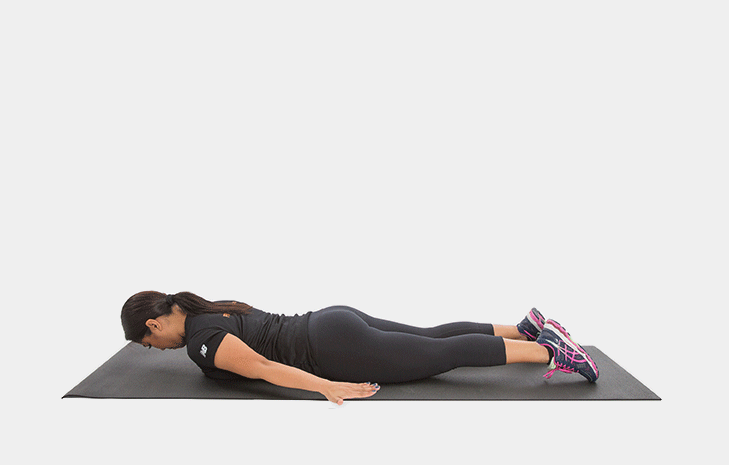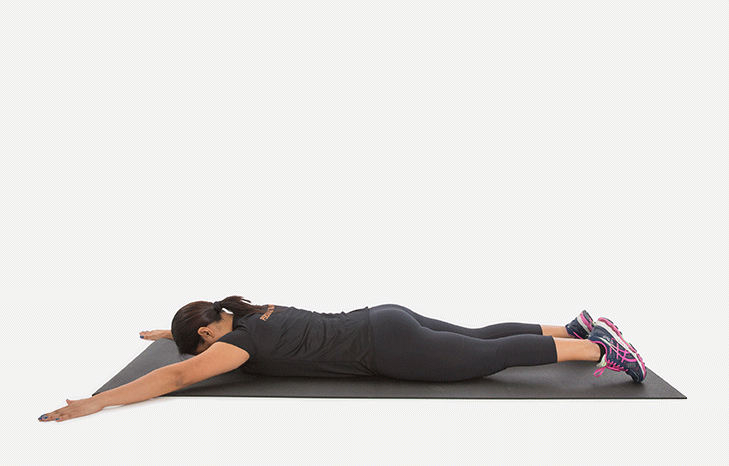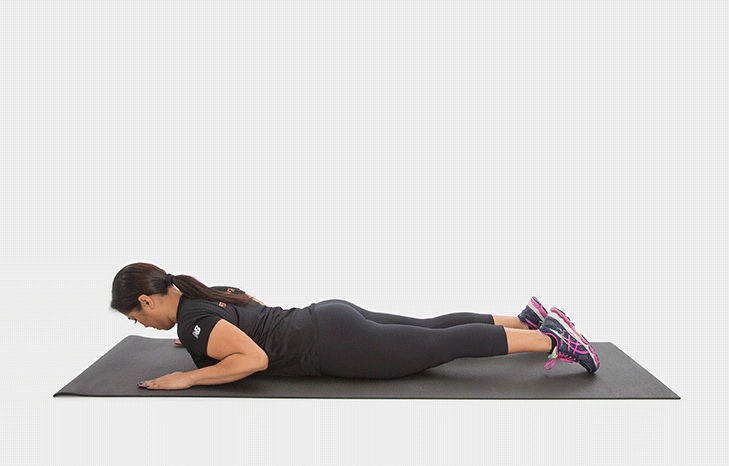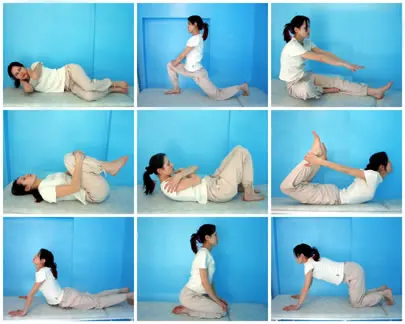Medical exercise therapy, occupational therapy
Introduction to Rehabilitation Therapies
Rehabilitation therapies, including Therapeutic Exercise (often referred to as Medical Exercise Therapy or Kinesiotherapy) and Occupational Therapy (OT), are essential components in managing and recovering from a wide range of health conditions. They focus on restoring function, improving mobility, reducing pain, and enhancing overall quality of life (1, 2).
Lack of appropriate physical activity or targeted exercise following injury, surgery, or during chronic disease can lead to muscle weakness, joint stiffness, reduced cardiovascular fitness, and impaired ability to perform daily tasks. Rehabilitation therapies aim to address these deficits through structured programs.
Therapeutic Exercise (Medical Exercise Therapy)
Therapeutic Exercise involves the systematic performance of planned physical movements, postures, or activities intended to enable patients to remediate or prevent impairments, improve function, reduce risk, optimize overall health, and enhance fitness and well-being (1, 3). It is a core component of physiotherapy.
Goals of Therapeutic Exercise
The specific goals are tailored to the individual's condition but generally include (1, 3):
- Improving muscle strength, power, and endurance.
- Increasing or maintaining joint range of motion and tissue flexibility.
- Enhancing balance, coordination, and proprioception (sense of body position).
- Improving cardiovascular fitness and endurance.
- Reducing pain.
- Promoting relaxation and reducing muscle tension.
- Correcting posture and movement patterns.
- Strengthening core stability muscles.
The task is often to alleviate discomfort (like morning back stiffness or joint pain), strengthen weakened muscles (e.g., the "muscular corset" supporting the spine), and restore mobility lost due to conditions like contractures or ankylosis.
Types of Therapeutic Exercise
Programs typically incorporate various types of exercises (1, 3):
- Range of Motion (ROM) Exercises: Passive, active-assistive, and active exercises to maintain or improve joint mobility.
- Stretching Exercises: To increase the extensibility of shortened muscles and connective tissues.
- Strengthening Exercises: Using resistance (weights, bands, body weight) to increase muscle force production (e.g., isometric, isotonic, isokinetic).
- Endurance Exercises: Activities performed over a sustained period to improve cardiovascular and muscular endurance (e.g., walking, cycling).
- Balance and Coordination Exercises: To improve stability and reduce fall risk.
- Neuromuscular Re-education: Exercises to retrain movement patterns and muscle activation.
- Core Stabilization Exercises: Focusing on strengthening the deep muscles of the trunk.
The examples below illustrate exercises targeting specific muscle groups:
Indications for Therapeutic Exercise
Therapeutic exercise is indicated for a vast array of conditions, including:
- Musculoskeletal Injuries: Sprains, strains, fractures (after immobilization), post-surgical rehabilitation.
- Spinal Conditions: Osteochondrosis, disc herniation/protrusion, nonspecific acute and chronic back pain, postural dysfunction.
- Arthritis: Osteoarthritis (coxarthrosis, gonarthrosis), rheumatoid arthritis (to maintain joint function and strength).
- Neurological Conditions: Post-stroke rehabilitation, Parkinson's disease, multiple sclerosis, spinal cord injury, peripheral nerve injuries.
- Joint Stiffness/Contractures: Adhesive capsulitis ("frozen shoulder").
- Cardiopulmonary Conditions: Cardiac rehabilitation, pulmonary rehabilitation (COPD).
- General Deconditioning and Balance Impairment.
Videos can illustrate exercise techniques, such as those aimed at improving spinal health or counteracting sedentary habits:
Example YouTube video showing exercises.
Example Vimeo video illustrating exercises potentially beneficial for sedentary individuals.
Occupational Therapy (OT)
Occupational Therapy (OT) is a client-centered health profession concerned with promoting health and well-being through occupation. The primary goal of OT is to enable people to participate in the activities of everyday life (occupations) that are meaningful and necessary to them (2, 4).
Goals of Occupational Therapy
OT goals are highly individualized and focus on improving function and independence in areas such as (2, 4):
- Activities of Daily Living (ADLs): Self-care tasks like dressing, bathing, grooming, eating, toileting.
- Instrumental Activities of Daily Living (IADLs): More complex tasks like cooking, cleaning, managing finances, medication management, using transportation.
- Work/School Participation: Performing job duties, engaging in academic tasks.
- Leisure and Social Participation: Engaging in hobbies and community activities.
- Rest and Sleep.
OTs achieve these goals by working with people and communities to enhance their ability to engage in desired occupations or by modifying the occupation or the environment (2).
Indications for Occupational Therapy
OT is beneficial for individuals across the lifespan facing challenges due to (2, 4):
- Neurological Conditions: Stroke, traumatic brain injury, spinal cord injury, multiple sclerosis, Parkinson's disease.
- Musculoskeletal and Orthopedic Conditions: Arthritis (especially hand function), fractures, joint replacements, amputations.
- Developmental Disabilities: Autism spectrum disorder, cerebral palsy, learning disabilities.
- Mental Health Conditions: Depression, anxiety, schizophrenia (focusing on coping skills, routine building, community integration).
- Cognitive Impairments: Dementia, Alzheimer's disease.
- Pediatrics: Helping children with disabilities participate fully in school and social situations.
- Geriatrics: Promoting safe aging in place, fall prevention.
Importance of Professional Guidance
Both therapeutic exercise and occupational therapy programs should be designed and supervised by qualified professionals (e.g., physiotherapists, occupational therapists, kinesiotherapists). A thorough assessment is needed to identify specific impairments and functional limitations.
A "differentiated and integrated approach" means selecting the right exercises or activities for the individual's specific needs and stage of recovery, and combining different therapeutic approaches effectively (1). Improper exercise performance can be ineffective or even harmful.
Therapists provide personalized instruction, monitor progress, adjust programs as needed, and educate patients on self-management strategies for home or work.
References
- Kisner C, Colby LA, Borstad J. Therapeutic Exercise: Foundations and Techniques. 7th ed. F.A. Davis Company; 2017. (Standard PT textbook on exercise)
- World Federation of Occupational Therapists (WFOT). About Occupational Therapy. Available from: https://wfot.org/about/about-occupational-therapy (Definition of OT)
- American Physical Therapy Association (APTA). Role of a Physical Therapist. Available from: https://www.apta.org/your-career/careers-in-physical-therapy/role-of-a-pt (Defines PT role including exercise)
- American Occupational Therapy Association (AOTA). What Is Occupational Therapy?. Available from: https://www.aota.org/about/what-is-ot (Defines OT role)







